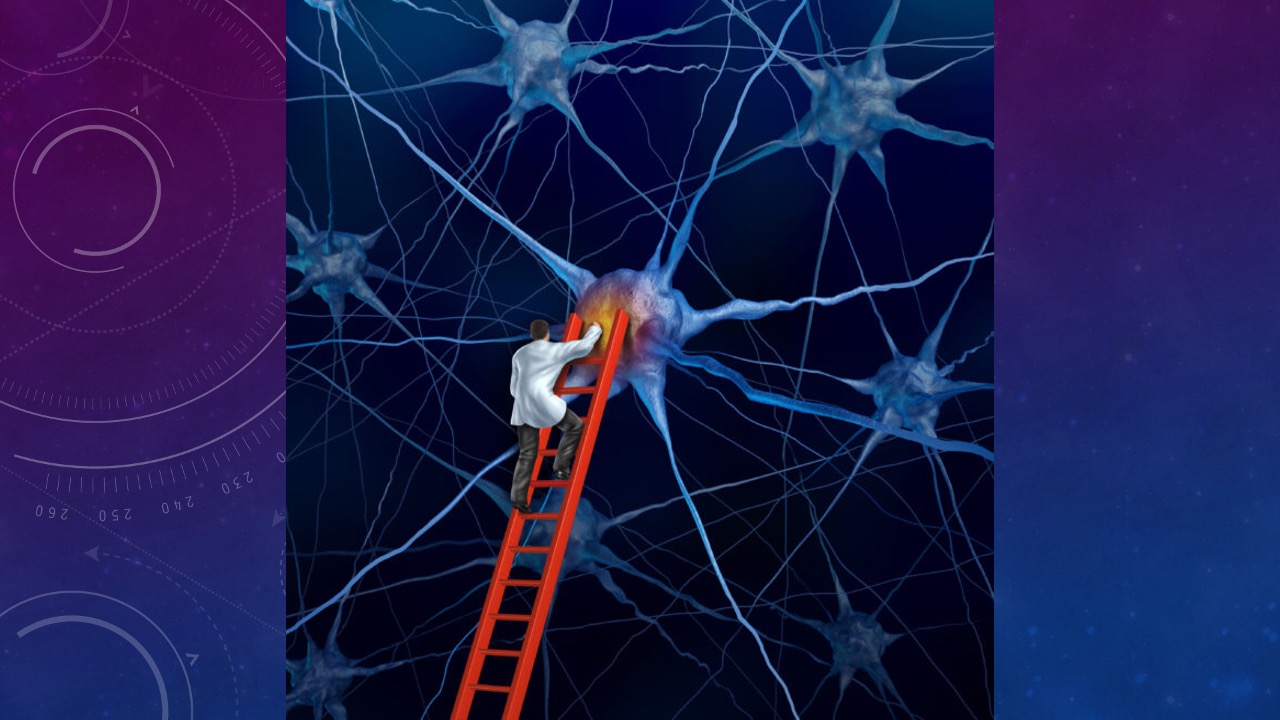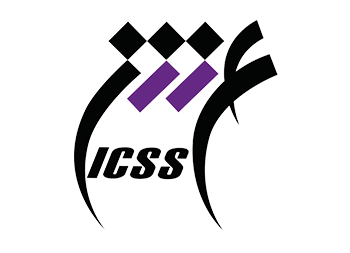Newly discovered brain cells may be a memory filing system, study suggests

A scientist opens a laptop in front of a patient. On screen, a boy, tied to a fleet of balloons, fades in. As he rises into the air, the scene cuts abruptly to an office, where a man sits in front of his boss. A question then appears: “Was anyone in the video wearing a tie?”
Jie Zheng, a postdoctoral fellow at Boston Children’s Hospital, had flown to Los Angeles to show the video to this patient, who has a severe seizure disorder. Like with the 18 other patients who were part of the study, neurosurgeons had placed electrodes in the patient’s brain to pinpoint what had been causing their seizures. Zheng and a group of scientists in a federally funded BRAIN Initiative consortium used this opportune moment to find neurons involved in the creation of memories. While subjects watched clips from movies and answered questions that tested their memory of the videos, the electrical activity of their brains was monitored.
Over three years, the work — a collaboration between researchers at Cedars-Sinai in L.A., Boston Children’s, and the University of Toronto — led to the discovery of two new groups of brain cells: boundary and event cells. The researchers theorized that these neurons are involved in cleaving experiences into distinct events that humans can better remember. The study, published in Nature Neuroscience, may pave the way for new treatments for memory disorders, the authors said.
advertisement
“This is a truly impressive study that is unprecedented, connecting a high-level cognitive concept with recordings from neurons in humans,” said Christopher Baldassano, principal investigator of the Columbia Dynamic Perception and Memory Lab, who was not involved in the study. “These kinds of recordings in humans are very rare and challenging to collect.”
While the everyday experience of life can feel like a continuous movie, memories are thought to be broken into segments, like photos in an album. Human brains may be primed to create new memories, with the aid of what researchers call “boundaries.” In the study, boundaries were the cuts between two movie clips, and they could be soft or hard. A soft boundary could be a shift in a camera angle, or a transition from a close-up shot to a broader view, as long as everything happening was part of the same story. A hard boundary juxtaposed two clips from unconnected stories with different characters and settings. A scene from The Goonies could be followed by one from Ghostbusters.
advertisement
In the study, the so-called “boundary cells” sent more electrical signals after the patients watched soft and hard boundaries, while “event cells” fired more after hard boundaries. While the cells may not encode memories themselves, they may play an important role in organizing memories into a filing system that is easier to navigate.
Top of Form
Bottom of Form
“It’s the first time these cells have been seen at the electrophysiological level in humans,” said Ueli Rutishauser professor of neurosurgery, neurology, and biomedical sciences at Cedars-Sinai and the senior author on the paper.
He said the study may point to a cellular basis for what’s known as mental time travel: The electrical signals of boundary and event cells may give humans markers to which they can travel when they want to remember information. “It’s almost like science fiction,” added Zheng.
Human memory may be organized like a filing system for photos on a computer. During a visit to the Grand Canyon, a photographer might take several snapshots from different angles. Each time a photograph is taken from a new perspective, a boundary cell may create a new subfolder to save those images. On the next day, if the photographer were to take pictures at Joshua Tree National Park, event cells might create a new folder of “Joshua Tree” photos. The electrical signals of event cells are like the title of a folder, which helps a brain find a cluster of memories more easily. “This means you don’t have to open every folder to find one memory,” said Zheng.
Using optogenetics, scientists pinpoint the location and timing of memory formation in mice
The boundary and event cells seemed to fire in tandem with theta waves, which underlie important ways for the brain to change and make new connections. These findings suggest that electrical stimulation of the brain may benefit folks with memory disorders.
The findings from the study imply that memory is strongest following an abrupt transition between scenes. Then, memory may decay as an experience continues to pass. However, it’s not the ending of a story that seems to prime the brain to create a new memory. Rather, it’s the start of a new one. “The most important things that really define an episode are really at the beginning: who is there, where it is, and what is happening,” Rutishauser inferred. “During the rest of the episode, the elements are unlikely to change.”
مطالب مرتبط

انتشار نسخه جدید فصلنامه تازههای علوم شناختی: دوره ۲۵، شماره ۲
۱۵ / آبان / ۱۴۰۲

انتشار نسخه جدید فصلنامه تازههای علوم شناختی: دوره ۲۵، شماره ۱
۲۹ / تیر / ۱۴۰۲


